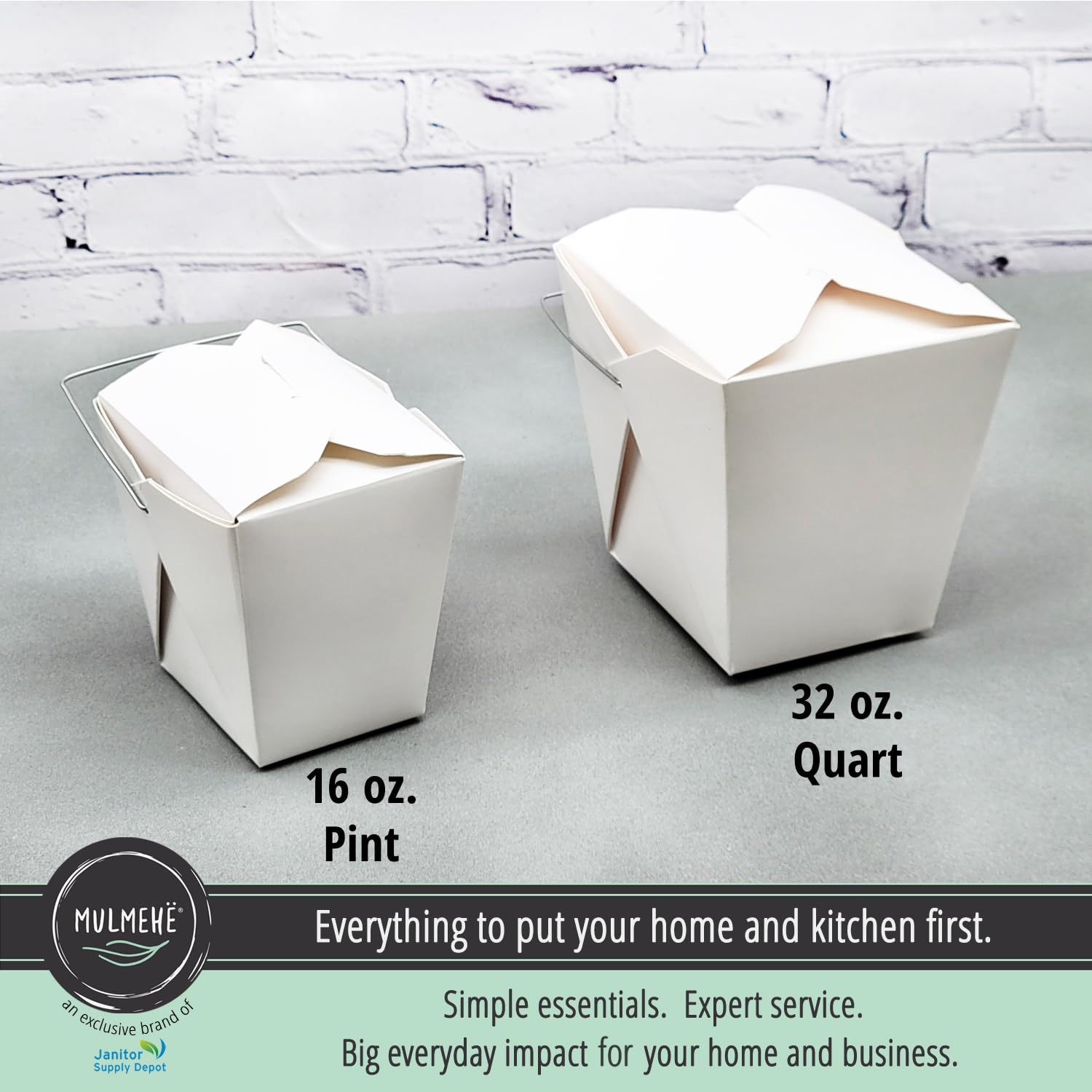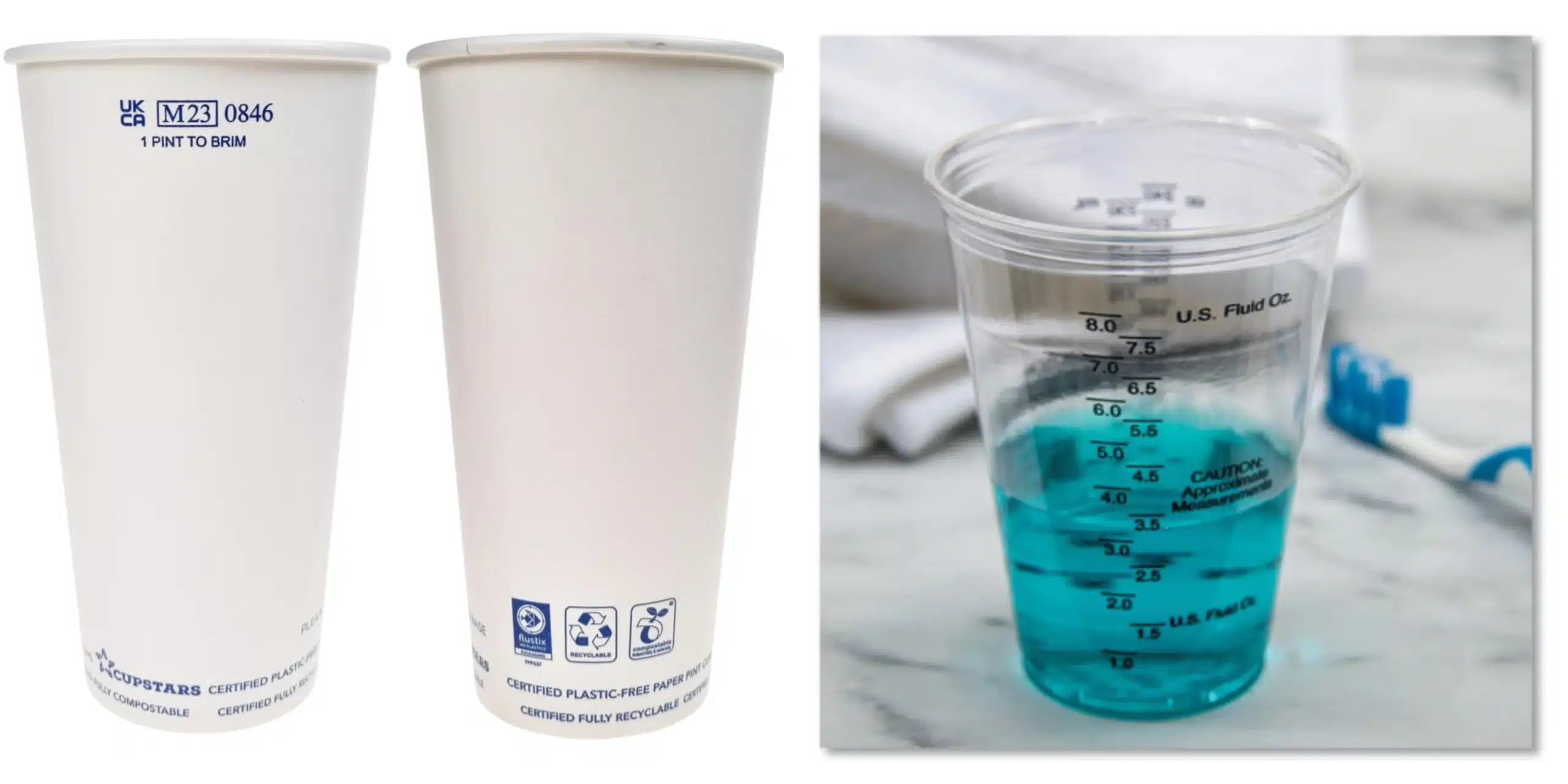Chinese Pint Vs Quart: The Ultimate Showdown You Never Knew You Needed
Have you ever found yourself scratching your head over the difference between a Chinese pint and a quart? If you're like most people, these terms might sound familiar but their distinctions can be a little fuzzy. Well, you’re not alone, my friend! In this article, we're diving deep into the world of measurements, uncovering what makes a Chinese pint unique and how it compares to the good ol’ quart. Whether you're a home cook, a curious learner, or just someone who loves trivia, this is the ultimate guide you've been waiting for!
Let’s face it, measurements can get confusing—especially when you’re dealing with different systems like metric and imperial. But what happens when you throw cultural variations into the mix? That’s where the Chinese pint comes in. This article is all about demystifying the Chinese pint vs quart debate, giving you the clarity you need to ace any recipe or conversation.
So grab your favorite drink, because we’re about to break down everything you need to know about Chinese pints, quarts, and why they matter. By the end of this, you’ll be the go-to person for all things measurement-related. Let’s get started!
- Filmywap 2025 Co Der Ultimative Guide Zu Onlinefilmen
- Entdecke Jetzt Kannada Filme 2022 Ein Muss Fr Cineasten
Table of Contents
- What is a Chinese Pint?
- Quart: The Basics
- Comparing Chinese Pint vs Quart
- A Brief History of Measurements
- Conversion Tips for Everyday Use
- Common Questions About Chinese Pints and Quarts
- Practical Uses in Cooking and Beyond
- Cultural Differences in Measurements
- Tools You Need for Accurate Measurements
- Final Thoughts
What is a Chinese Pint?
Let’s kick things off with the star of the show: the Chinese pint. Known as "liang" or "gongbei" in Chinese, this unit of measurement has been around for centuries. But here’s the twist—it’s not exactly the same as the pint you might be used to in the Western world. A Chinese pint is roughly equivalent to 0.56 liters, which is slightly more than a standard U.S. pint (which clocks in at about 0.47 liters). So, if you’re ever following a recipe from China, make sure you adjust accordingly!
How Did the Chinese Pint Evolve?
The origins of the Chinese pint date back to ancient times when trade and agriculture were the backbone of society. Back then, people needed a way to measure grains, liquids, and other goods accurately. Over time, the system evolved, and today, the Chinese pint remains an important part of traditional cooking and commerce.
But here’s the kicker: the Chinese pint isn’t just used for liquids. It’s also applied to dry goods, like rice or flour. This versatility makes it a staple in kitchens across China and beyond.
- Ist Das Wirklich So Kerry Shook Leben Werk Vermgen Enthllt
- Archie Manning Eine Legende Familie Amp Footballikone
Quart: The Basics
Now, let’s talk about the quart. A quart is a unit of volume commonly used in the United States and some other countries that follow the imperial system. One quart equals approximately 0.946 liters, making it larger than both the U.S. pint and the Chinese pint. Think of it as the big brother in the measurement family.
Where is the Quart Used?
Quarts are everywhere! From milk jugs to paint cans, you’ll find them in grocery stores, hardware shops, and pretty much anywhere liquids or dry goods are sold. In cooking, quarts are often used for soups, stews, and large batches of recipes. They’re also handy for canning and preserving food.
But here’s a fun fact: not all quarts are created equal. The U.S. liquid quart is slightly smaller than the U.K. imperial quart, so if you’re traveling or cooking with international recipes, keep an eye on those conversions!
Comparing Chinese Pint vs Quart
Alright, now that we’ve got the basics down, let’s compare the two. When it comes to Chinese pint vs quart, the main difference lies in their size and cultural significance. Here’s a quick rundown:
- A Chinese pint is about 0.56 liters.
- A quart is approximately 0.946 liters.
- The Chinese pint is deeply rooted in Asian culinary traditions.
- The quart is widely used in Western cooking and everyday life.
So, if you’re ever faced with a recipe that calls for one but you only have the other, don’t panic! We’ll cover some handy conversion tips later on.
Why the Difference Matters
Understanding the difference between these units isn’t just about being precise—it’s also about respecting cultural diversity. After all, food and measurements are part of a country’s heritage. By learning about the Chinese pint and quart, you’re not just improving your cooking skills; you’re also broadening your horizons.
A Brief History of Measurements
Measurements haven’t always been as standardized as they are today. In ancient times, people used body parts, natural objects, and even grains of barley to measure things. Can you imagine trying to bake a cake using a “handful” or a “step”? Yeah, me neither!
Over the centuries, civilizations developed their own systems, leading to the diverse array of units we have today. The Chinese pint and quart are just two examples of this rich history. By understanding their origins, we gain a deeper appreciation for the global nature of measurement.
How Standardization Changed the Game
Fast forward to the modern era, and we’ve got international standards like the metric system to thank for making life easier. But even with all these advancements, regional variations still exist. And honestly, that’s what makes it so fascinating!
Conversion Tips for Everyday Use
Let’s get practical for a moment. If you’re dealing with Chinese pint vs quart in real life, here are some tips to help you out:
- 1 Chinese pint ≈ 0.56 liters
- 1 quart ≈ 0.946 liters
- To convert from Chinese pint to quart, divide by 1.7.
- To convert from quart to Chinese pint, multiply by 1.7.
And if math isn’t your strong suit, don’t worry! There are plenty of online tools and apps that can do the heavy lifting for you. Just remember to double-check your work—nobody wants a soupy cake!
Why Accuracy Matters
In cooking, precision is key. Whether you’re baking a cake or brewing a batch of tea, using the right measurements can make or break the final result. Plus, if you’re sharing recipes with friends or family, you want to make sure they have all the info they need to succeed.
Common Questions About Chinese Pints and Quarts
Got questions? We’ve got answers! Here are some of the most frequently asked questions about Chinese pint vs quart:
- Is a Chinese pint the same as a U.S. pint? Nope! A Chinese pint is slightly larger.
- Can I use a quart instead of a Chinese pint? Sure, just adjust the amount accordingly.
- Why are there so many different measurement systems? Because every culture has its own way of doing things!
Still have more questions? Leave a comment below, and we’ll do our best to help!
Practical Uses in Cooking and Beyond
Now that you know the ins and outs of Chinese pint vs quart, let’s talk about how you can apply this knowledge in real life. Whether you’re cooking, gardening, or even mixing paint, understanding these units can save you time and hassle.
Cooking with Confidence
Imagine you’re making a traditional Chinese soup that calls for 2 Chinese pints of water. Instead of guessing, you can confidently measure out the right amount and achieve perfect results every time. And if you’re adapting a Western recipe to fit your Chinese kitchen, knowing the conversion between quarts and Chinese pints will be your secret weapon.
Cultural Differences in Measurements
One of the coolest things about studying measurements is learning about the cultural differences they reflect. For example, while the Chinese pint is all about balance and harmony, the quart is more about practicality and efficiency. These nuances tell us a lot about the values and traditions of each society.
Embracing Diversity
By embracing these differences, we can create a more inclusive and understanding world. So the next time you’re in the kitchen or chatting with a friend from another country, take a moment to appreciate the unique ways we measure our lives.
Tools You Need for Accurate Measurements
Of course, having the right tools is essential for getting accurate measurements. Here are a few must-haves for any home chef:
- A good set of measuring cups and spoons
- A digital kitchen scale
- A conversion chart or app
Investing in quality tools will make your cooking experience smoother and more enjoyable. Plus, they make great gifts for fellow foodies!
Final Thoughts
And there you have it, folks! The ultimate guide to Chinese pint vs quart. Whether you’re a seasoned chef or a curious beginner, understanding these units can enhance your cooking and broaden your cultural awareness.
So go ahead, experiment with recipes, and don’t be afraid to try something new. And if you found this article helpful, don’t forget to share it with your friends. Together, we can make the world a more measured—and delicious—place!
Until next time, happy cooking!
- Ist Mkvmoviespoint Legal Ein Umfassender Blick Alternativen
- Politics Girl Gefhrdet Die Demokratie Ein Blick Auf Leigh Mcgowan

Understanding Chinese Takeout Container Sizes From 4oz to 32oz Options

Ultimate Guide Pint vs Quart Professional Paper Cup Manufacturer For

1 Quart Vs 1 Pint